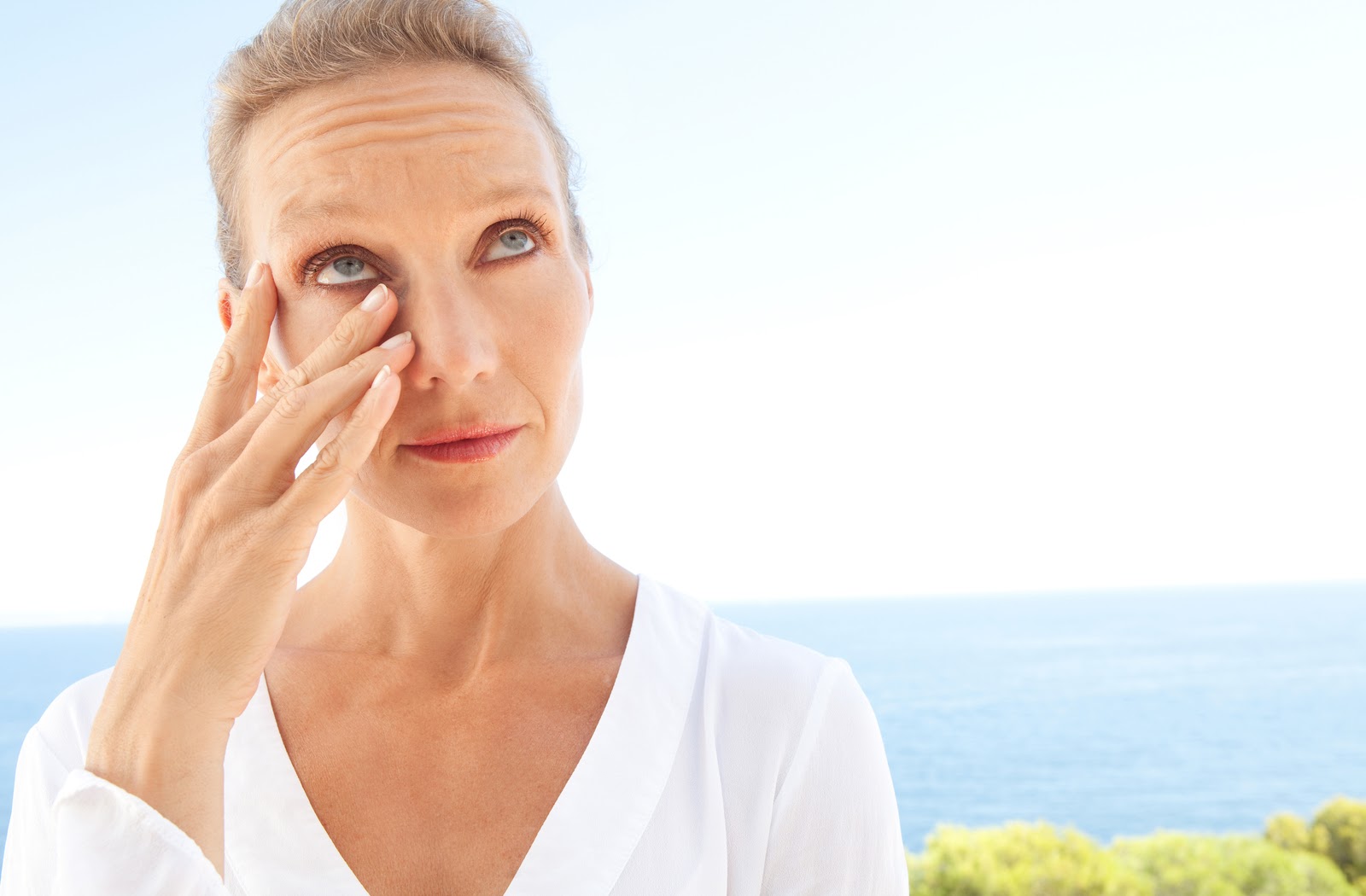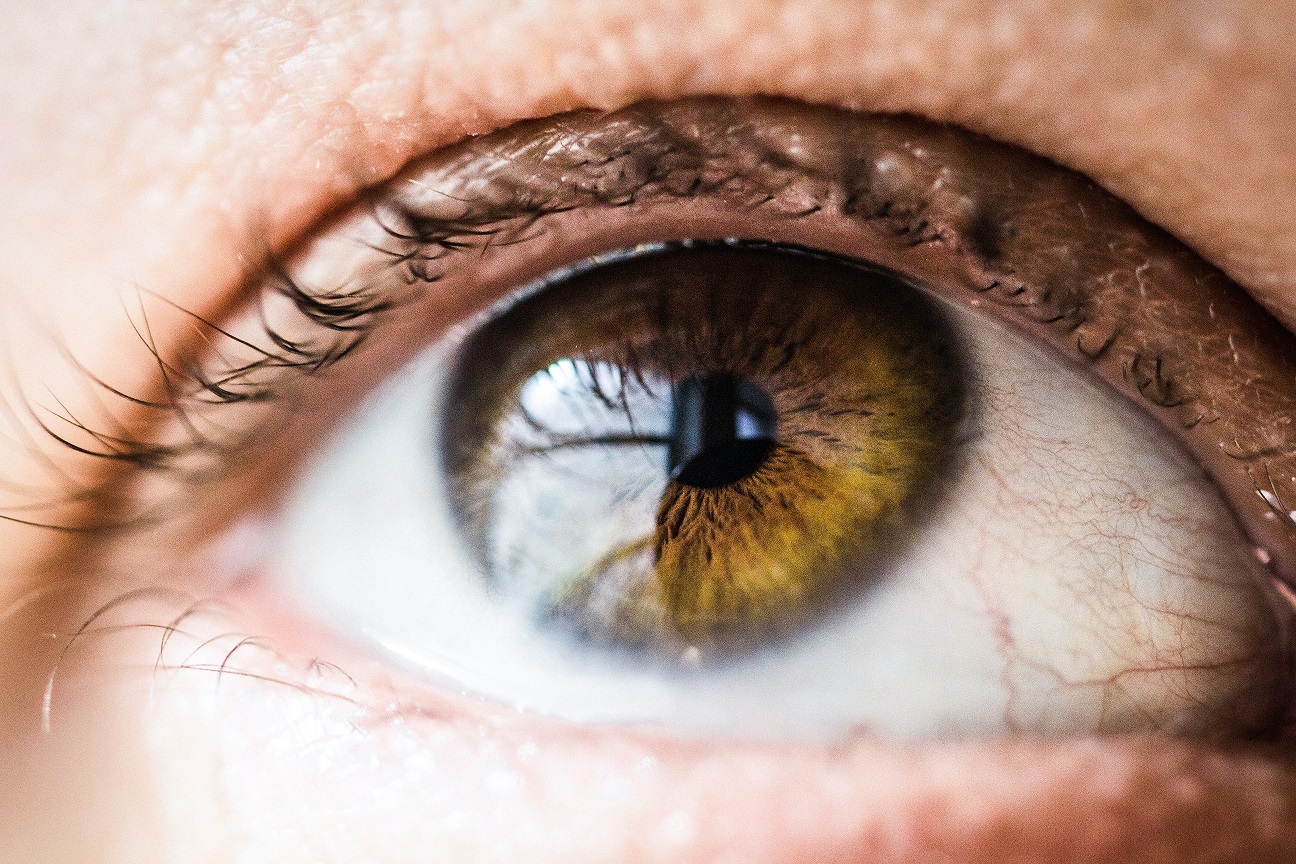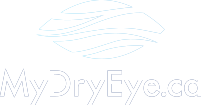LipiFlow, also known as LipiFlow Thermal Pulsation System, is a specialized procedure focused on treating dry eyes. It excels against chronic dry eye disease related to meibomian gland dysfunction (MGD). By directly addressing the root of the problem, LipiFlow is very efficient at addressing meibomian gland dysfunction.
An Introduction to LipiFlow
LipiFlow is a new, non-invasive breakthrough treatment designed to alleviate dry eye symptoms. Patients with MGD account for up to two-thirds of dry eye disease, so there’s a good chance that LipiFlow can be the right treatment for you.
How Does it Work?
LipiFlow works by carefully applying heat into both your inner and outer eyelids and massaging the lid from the outside.
This is done by an external device that slips under your eyelids to apply heat in an outward fashion. While it’s doing that, It also gently massages your eyelids externally. This process is as least-invasive as possible and does not affect the eye globes. The purpose of this gentle massage is to relax and open the ducts of the meibomian glands, expelling obstructions as these blockages warm-up and liquify.
Patients who might engage in this treatment will first have a thorough eyelid examination and have meibography imaging. This is an exam designed to check for blocked glands. If they’re found, LipiFlow may be prescribed.
The procedure takes only 12 minutes and is painless, but in the case of discomfort, your eye doctor can apply anesthetics in the form of eye drops.
Don’t Settle For Dry Eyes
Most people know how uncomfortable that feeling of dry eyes can be. It can be caused by looking at digital screens for too long, or staying in an air-conditioned room for hours at a time. If it becomes a frequent issue, you may have developed chronic dry eye disease.
What is Dry Eye Disease?
Dry Eye Disease (DED) is one of the more common eye diseases. It occurs when there’s a persistent lack of sufficient lubrication and/or moisture on the eye’s surface. This results in that annoying itchy and sore feeling in your eyes, and can also make your vision blurry, and sensitive to light.
Since the eyes require a specific amount of moisture (water) and lubrication (oils) to properly work, this condition can be very troublesome.
Common Causes of Dry Eyes
The most common causes and risk factors for dry eye disease are:
- Aging (dry eyes are more common in individuals over 40, especially women)
- Meibomian Gland Dysfunction (MGD)
- Wearing contact lenses for too long
- Smoking
- Staring at computer screens for a long time without breaks
- Spending prolonged time in air-conditioned or heated rooms
Many of these causes are natural, while others are not strange to modern life. But some of them call for direct action, like meibomian gland dysfunction. Whatever the reason is, finding an eye doctor best suited for your needs is imperative.
What is Meibomian Gland Dysfunction?
MGD is one of the more common causes of dry eye disease. It’s a condition caused by insufficient oil production or a clog in your meibomian glands.
The meibomian glands are very small glands located in your eyelids that produce an oil called meibum. This oil creates a protective layer around your tears, preventing those tears from evaporating more quickly than your body can produce them. If there’s not enough oil in your eyes, your tears can dry out and you might experience symptoms like irritated, inflamed eyes.
While anyone can develop MGD, some people are more at risk than others. Heavy users of electronic screens, contact lens wearers, and women after menopause are more commonly affected by this illness.

Is LipiFlow the Treatment for Me?
After your optometrist completes a series of detailed dry eye tests, they may find the cause of your dry eyes to be meibomian gland dysfunction. MGD was once a difficult ailment to treat, but LipiFlow has changed the landscape of dry eye therapy for years to come.
If you are chronically affected by dry eyes, it might be the treatment for you. It’s a quick, comfortable, and effective therapy method for treating chronic dry eye disease in patients with MGD. LipiFlow is a specialized process and it is administered at your eye doctor’s office. Find an optometrist in your area that offers LipiFlow solutions.
LipiFlow Improves Your Quality of Life
By treating the cause, instead of managing the symptoms, LipiFlow has a better chance to diminish or eliminate your dry eye-related problems. It’s a quick and easy procedure, and most patients notice the difference within a few weeks, while many feel better right away. Dry eyes negatively affect so many daily activities, so take the time to improve your comfort and vision with LipiFlow. Learn where to find a dry eye specialist that can properly diagnose and treat dry eye disease, and if LipiFlow is the right treatment for you.









